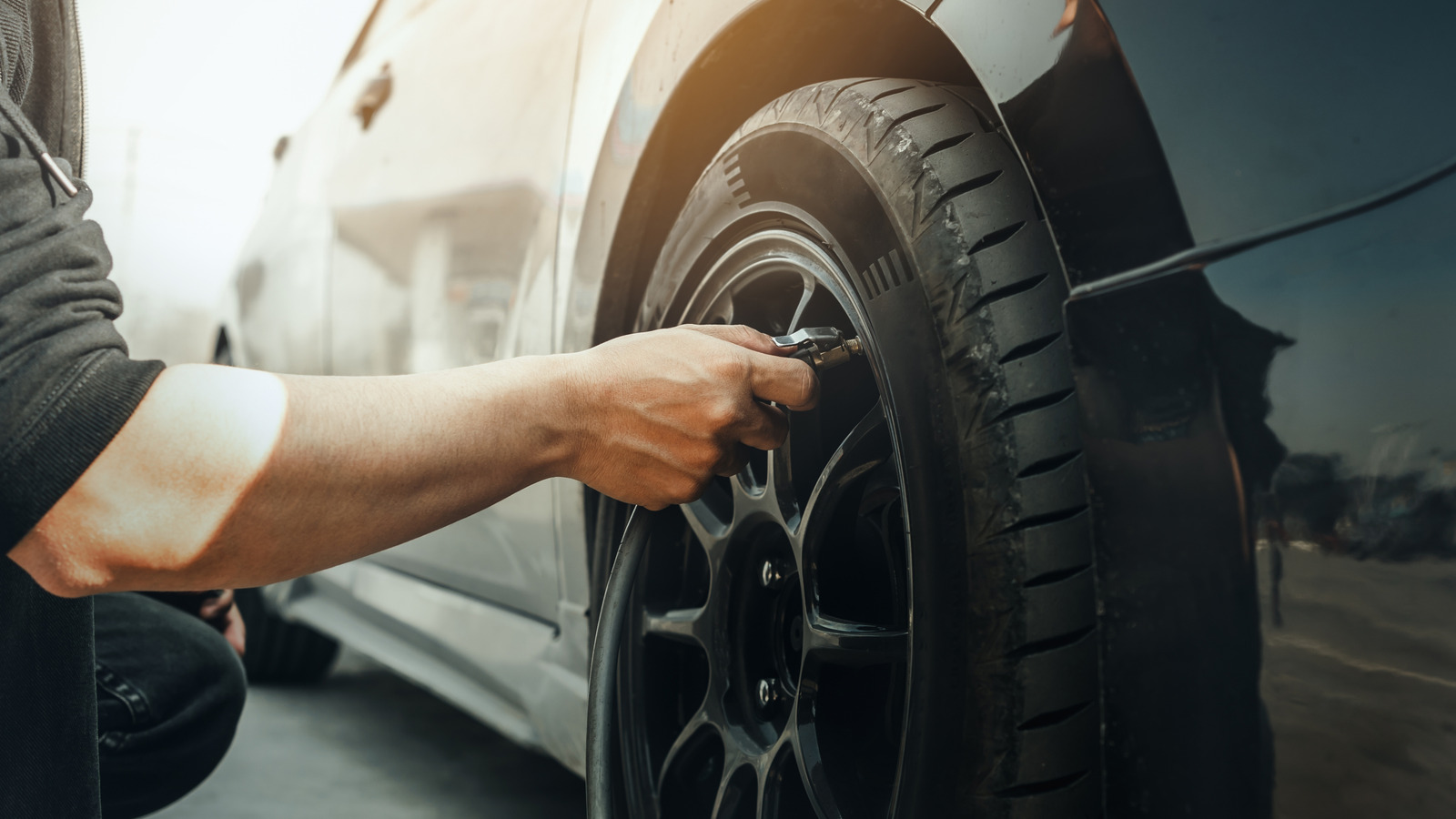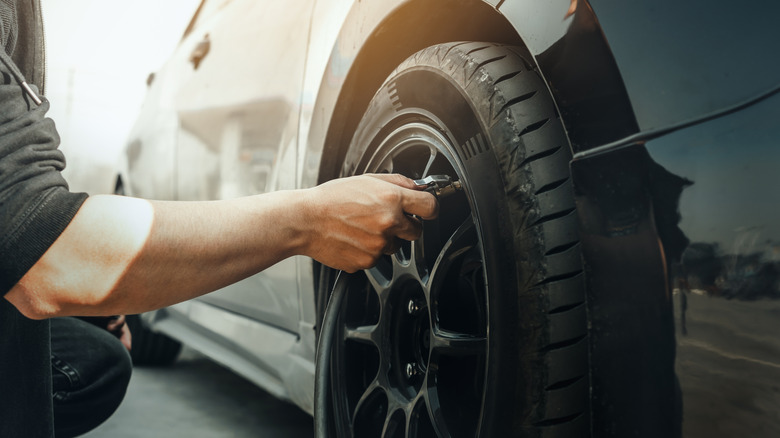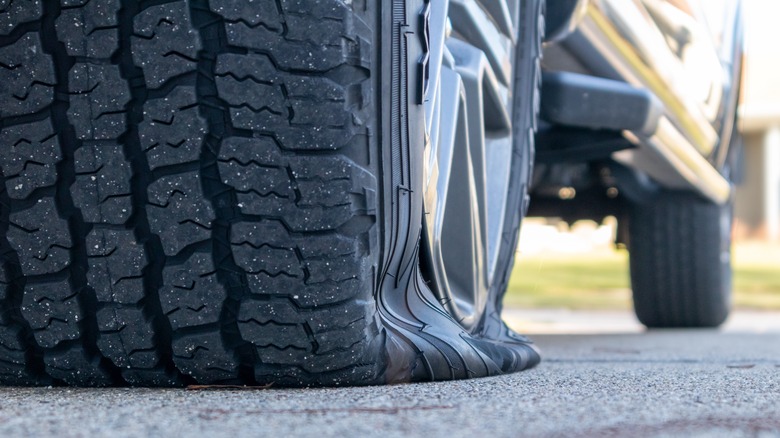Tire pressure is notoriously finicky. It rises or lowers with the air temperature, it leaks out over time, and the smallest of punctures can send it plummeting. Generally speaking, it’s a good idea to check your tire pressure regularly and keep your tires filled to their required PSI.
For the sake of argument, let’s just say that someone — surely not you, but someone else entirely — hasn’t filled up their tires in a while. Is that bad? Have you broken your car? Maybe you heard that a low psi could actually damage the transmission. Some cars seem to flash a drivetrain warning light because of it.
The good news is that low tire pressure is highly unlikely to cause serious damage to an important (and expensive) component like the transmission or really any part of the drivetrain. Most tires can go a fair bit under their recommended psi without much degradation in performance or safety. That said, if a tire does become severely underinflated, it could potentially cause some damage to the car. Even in this instance, though, your transmission is probably fine.
How does tire pressure affect the car?
At a basic level, lowering the pressure of the tire will make it sag, increasing the total contact area with the surface. That means the engine is going to have the work harder to push that extra rubber, which at a minimum will tank your fuel economy. That harder work also stresses components more and increases heat, although this probably won’t cause any real damage in the short term. However, underinflation means that the tire’s performance will degrade when it’s being pushed hard, such as under acceleration, cornering, or braking — or to put it another way, when it’s supposed to be doing what it’s designed to do.
In the extreme case, you might have a flat tire, where it’s completely uninflated. That adds some additional risks, such as driving on the wheel rim, damaging both it and the tire. Assuming only one or two tires go flat at once, it will also unbalance the car, which will put strain on components like the suspension. As anyone who’s ever driven on a flat will know, it can also make the car vibrate, which generally isn’t great for car parts.




